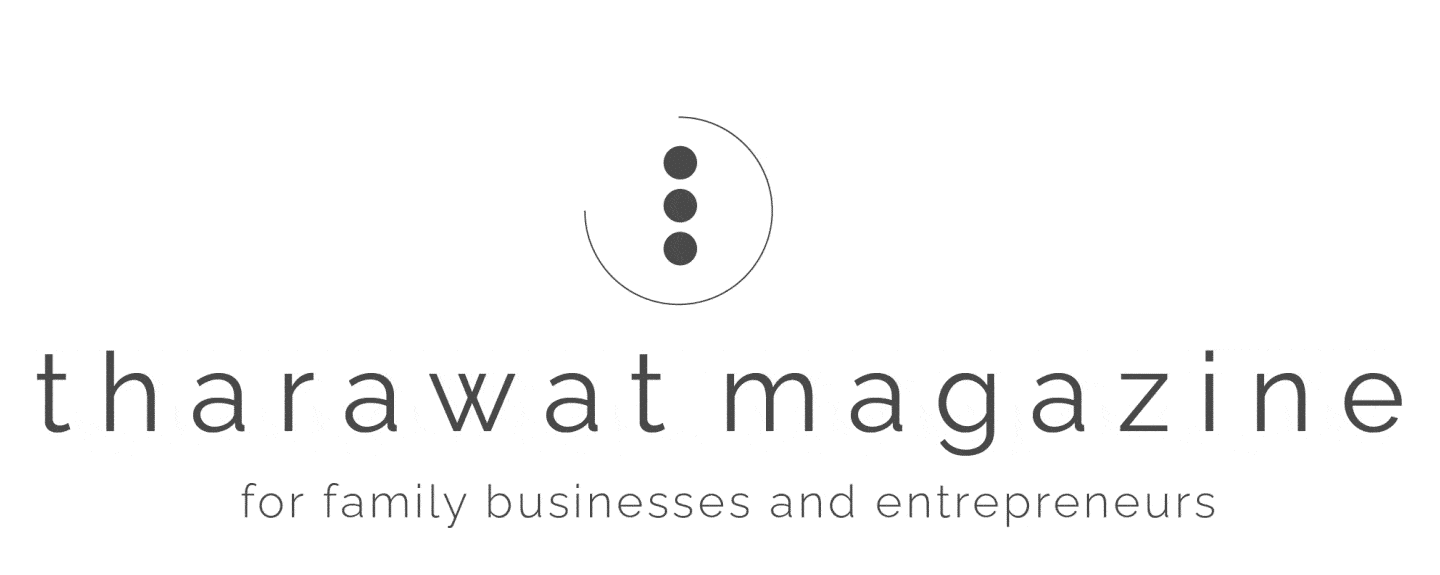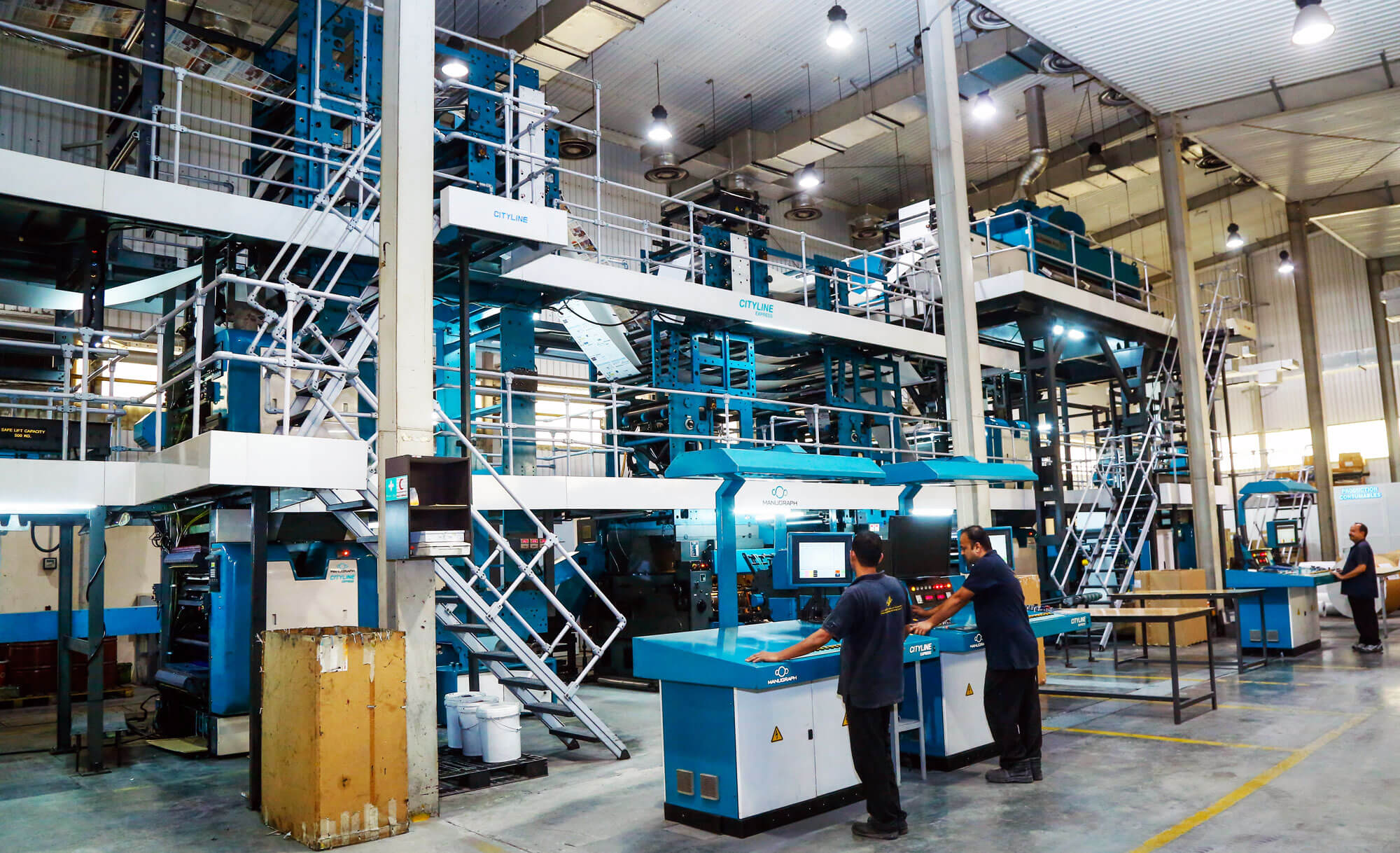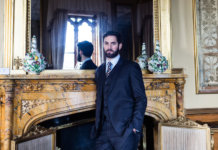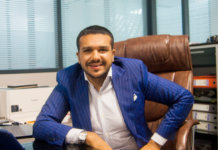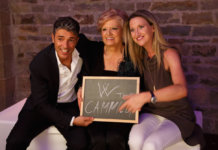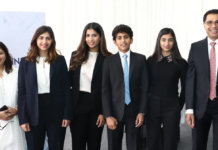The Times of Oman boasts an illustrious history as a trailblazing publication. In 1975, the paper became Oman’s first and leading English-language daily newspaper covering news, culture, finance, politics and sports from the region and around the world. But its cutting-edge efforts did not stop there. In 1998, the Times of Oman was the first newspaper in the country to create an online edition, and today it also boasts a popular mobile application as well as a highly active social media presence.
In this interview with Tharawat Magazine, Ahmed Essa Al Zadjali, CEO and second generation member of the paper’s parent company Muscat Media Group, shares the kind of leadership and vision that it takes to successfully digitise a company’s products.
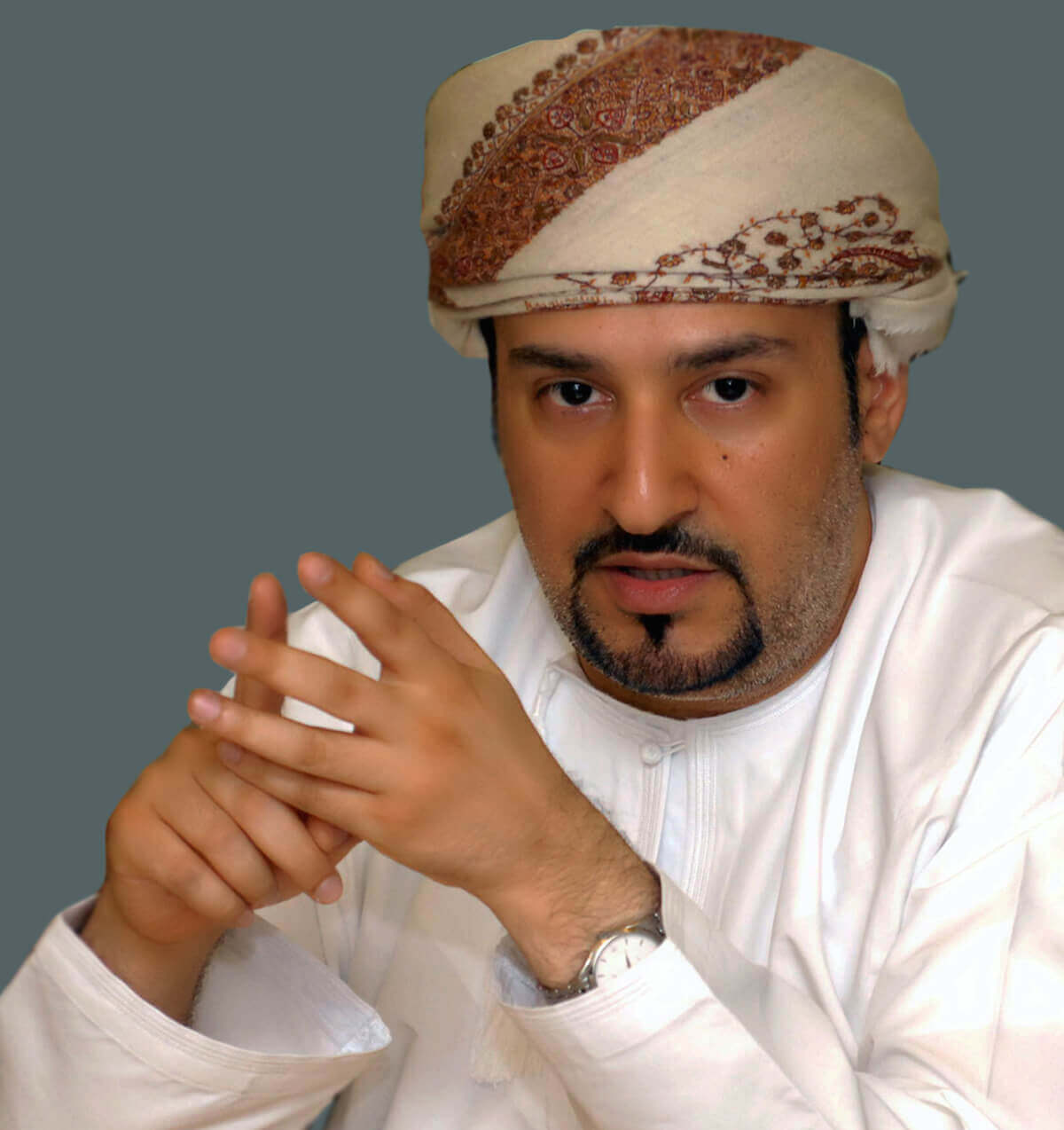
How did you come to join the family business?
The Muscat Media Group started life as Muscat Press and Publishing, a company that was founded by my father Essa bin Mohammed Al Zedjali in 1975. He had a vision for the paper to become a roving ambassador for the country, which at the time did not have any radio or TV stations and was hardly known to the outside world. As His Majesty Sultan Qaboos bin Said called upon citizens to participate in the development of the country, my father launched the Times of Oman, the nation’s first English-language daily title, as his own creative way of contributing to the cause. In 2015, the paper celebrated its 40th anniversary.
Over the course of its evolution, the Muscat Media Group grew to publish more print titles such as Times’ Arabic sister paper Al Shabiba, Hi weekly, and Sabat Ayam.
I joined in 2000 with a vision of building on the incredibly strong reputation that Times of Oman as a brand had already garnered. We wanted to embrace innovation to drive the title forward onto digital platforms to continue doing our part to promote the achievements of Oman.
What caused you to realise that you needed to digitalise your product?
We benefited from a young management team who could see that digital would play a major part in the future of the business, something I was incredibly passionate about. That’s why we launched the paper’s digital version, www.timesofoman.com, in 1998, which was way ahead of the competition. Indeed, we were one of the leaders in the Gulf region in that respect. We’ve always believed it’s good business to engage with your customers and readers wherever they are and digital has helped us do that. We have also updated the product periodically to this end, and it was redesigned in December 2012, and again in 2015 to embrace desktop, mobile and tablet readers.
What were the first steps you took to digitalise your business and how did the other owners of the business react to these ambitions?
We were the first mover in this market and after we launched the website, we quickly followed up with e-papers, apps, and began allocating significant resources into social media. Being a family business really helped in this regard, as we all had a passion to see the paper and its mission grow and reach more people. That ambition was an extension of the mission our father held so dear – to take the message of Oman beyond our border.
The reason Muscat Press and Publishing House changed its name to Muscat Media Group was to reflect the changing culture of digitisation. It wasn’t a cosmetic name change; it was a statement of intent to both the market and our own workforce that we were changing and we were going to continue evolving.
That process never stops, the job is never done, and we are continually a work in progress. One example is the Times of Oman, which scrapped all print-only roles back in 2014 – the mantra there is that ‘online is everyone’s responsibility’.
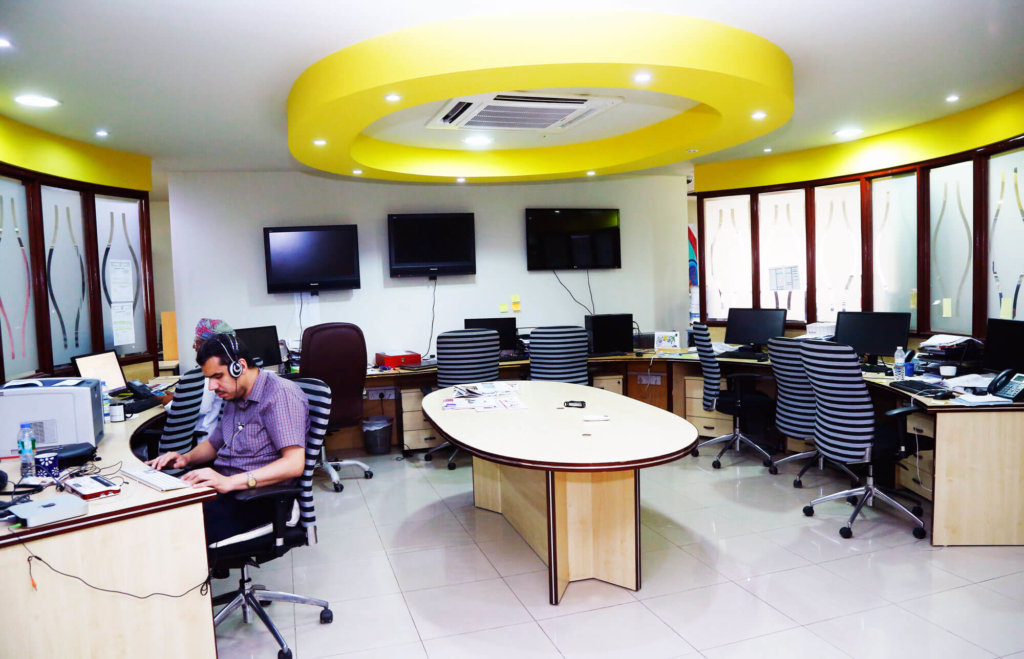
What has been your greatest challenge as you started implementation?
I don’t think there is a company in the world that has not faced some form of challenges regarding culture change. The first step was getting our people to believe that they could win in the digital space. Then came the challenge of technology and the step of finding more skilled people to help us achieve our goals. More important was to get these people to train our Omani workforce in order to give them the skills to help us grow.
Our people understood where we wanted to get to, and it required a strong vision from management and a firm belief that we were heading in the right direction. Everyone was given the chance to retrain and to be part of that future. Inevitably some people chose to leave, but some people really surprised us and embraced the vision completely and formed the backbone of the team moving forward.
Generally speaking, the biggest challenge remains a daily one for each team member – the challenge of figuring out how to be better in such a competitive environment than the day before.
How did your customers react to the digitalised products?
They responded very positively, despite the continued love for our printed product that remains strong today. Over time, we have seen our audience grow in bounds, and we have experienced how our readers like to engage with us via our digital platforms. Additionally, advertisers in rising numbers want to talk to our readers on our digital platforms too, which is something that we are more than happy to help them with. The fact that we have the biggest social media following by far is a clear sign that the team is successfully connecting with our readers in the digital space. The Times of Oman has the fastest growing Facebook page in the country, and its 560,000 followers dwarfs that of its competition.
Do you see that your competitors are moving in the same direction?
I believe that we have attained our lead position in the digital realm because we had a vision that we pursued with diligent vigour. As such, rather than talking and thinking about what the competition is doing digitally, we continue to challenge ourselves to do more, grow more, and deliver more value to our online customers, whether in video, website, social media, mobile messaging, wearable technology, or whatever comes next.
It’s clear that if you look at the numbers – and we are very transparent about ours – we are the clear market leader in the Omani digital space, but we can never take that for granted.
What were the clearest positive changes that you have experienced through your digitalisation strategies?
In regards to positive impact, the numbers speak for themselves. Let’s take a look at Times of Oman – in 2013, it was read online some 8 million times; in 2016, it was read online more than 56 million times. Its Facebook audience was 15,000 in 2013 and is now a massive 560,000. Our videos in 2013 were viewed some 50,000 times at most; in 2016 they were watched 26 million times.
And our digital strategies have helped us witness growth not just in audience numbers, but in revenue as well. We’ve been resolute in our belief that we had amassed a loyal digital audience, so we exited mass ad networks such as Google Ads. The end result was a 10,000% increase in digital revenue from 2013 to 2016. Advertisers see us and engage with us as a premium destination, meaning that leading brands like Oman Air, Mercedes, Emirates, and Red Bull are talking to our customers via our online, video, and social media channels. They know that through us, they are targeting a loyal, engaged audience and they can be sure that their brands are well protected.
[ms-protect-content id=”4069,4129″]
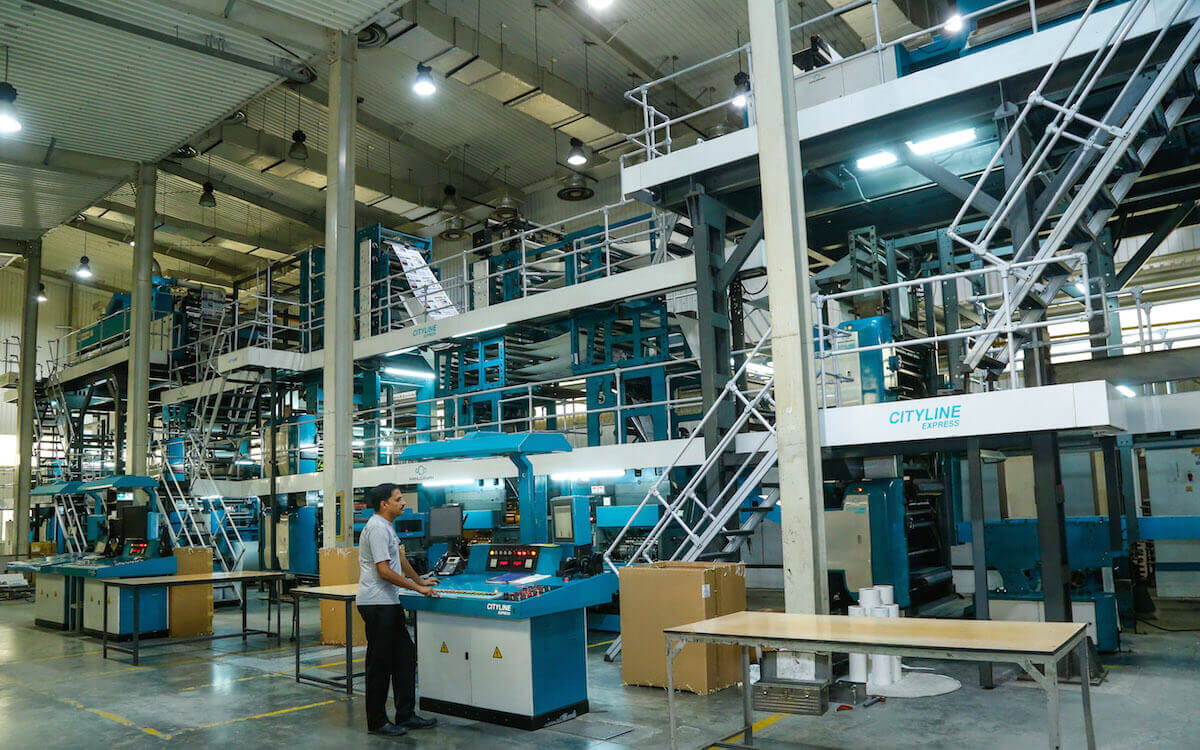
If digitalisation is so urgent, why aren’t we seeing more businesses following your example? What is the greatest barrier in your opinion?
As in any field, change is hard, and digital isn’t just one simple thing that can be mastered – it is a field that grows and grows and grows. What started with websites has now grown into apps, social media, video, podcasts, smartphones, smart watches, that’s a lot to grapple with. And it won’t end there; it will keep evolving, and we are already seeing VR trying to make a mark.
The greatest barrier? That’s almost always human – our limitations, our lack of imagination. That’s something we strive to overcome every day, to challenge ourselves to keep pushing forward.
How can business owners take the first steps towards digital strategies if they have no technical knowledge?
It’s very simple. You can import talent, they can help you do you a job, but ultimately, you need to learn this stuff for yourself for there to be lasting change in your company.
Has your vision for your company changed now that these technologies have become available to you?
To a degree, the vision remains the same as my father’s four decades ago: to reach as many people as possible with Oman’s unique message.
How that message is delivered – that’s a strategy that constantly changes. It grows and it evolves as some technologies come to the fore while others fade way. The market adapts and so will we.
[/ms-protect-content]
